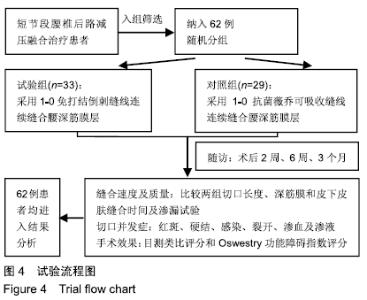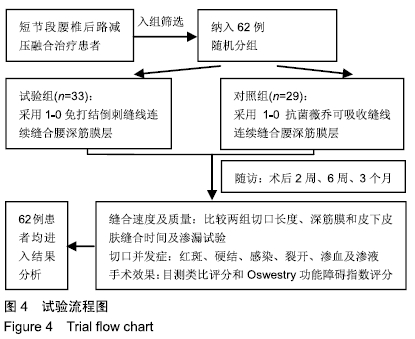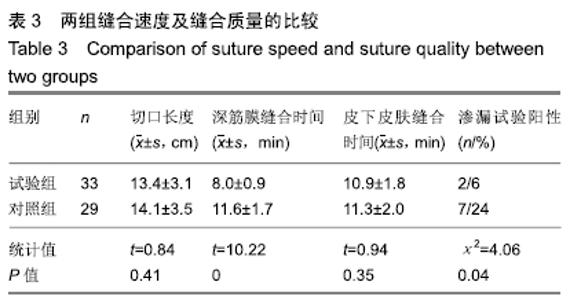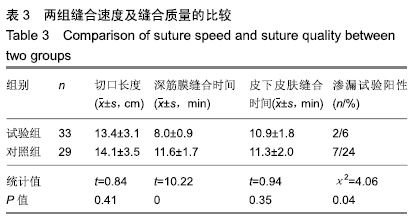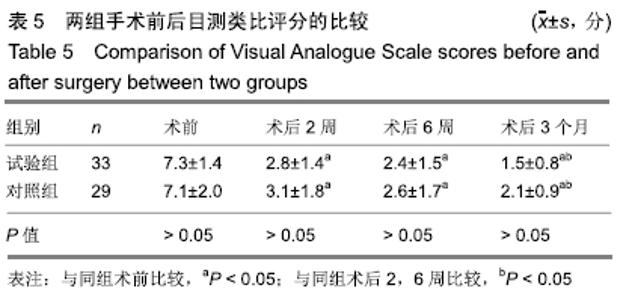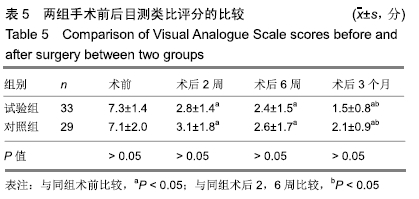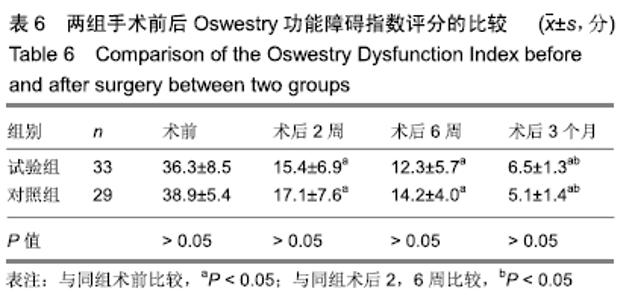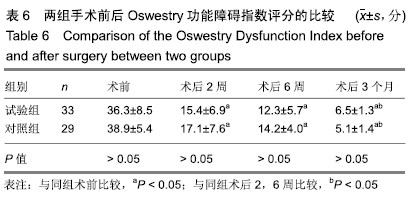[1] 丁宇,阮狄克.腰椎融合术[J].中国矫形外科杂志,2001,8(10): 1008-1010,1016.
[2] 孙旗,陈江,李晋玉,等.抗菌薇乔缝线对脊柱后路手术切口感染的预防作用[J].中国脊柱脊髓杂志,2018,28(11):1053-1056.
[3] CHAN VWK, CHAN PK, CHIU KY, et al.Does Barbed Suture Lower Cost and Improve Outcome in Total Knee Arthroplasty? A Randomized Controlled Trial. J Arthroplasty. 2017;32(5): 1474-1477.
[4] 许宏,谢锦伟,雷一霆,等.免打结倒刺缝线在初次全膝关节置换术中应用的荟萃分析[J].中国矫形外科杂志,2018,26(16): 1472-1478.
[5] 赖筱,王繁,朱含笑,等.二种缝线在腹腔镜下大子宫肌瘤剔除术的疗效观察[J].中国高等医学教育,2018,33(9):134-135.
[6] LEE SW, KAWAI M, TASHIRO K, et al.Laparoscopic gastrointestinal anastomoses using knotless barbed absorbable sutures are safe and reproducible: a single-center experience with 242patients.Jpn J Clin Oncol. 2016;46(4): 329-335.
[7] GREENBERG JA, EINARSON JI.The use of bidirectional barbed suture in laparoscopic myomectomy and total laparoscopic hysterectomy.Minim Invasive Gynecol. 2008; 15(5):621-623.
[8] PATEL RM, CAYO M, PATEL A, et al.Wound complications in joint arthroplasty: comparing traditional and modern methods of skin closure.Orthopedics.2012;35(5):e641-646.
[9] 中华人民共和国卫生部.医院感染诊断标准(试行)[J].现代实用医学,2003,81(7):460-465.
[10] 康焱,周宗科,杨惠林,等.中国骨科手术加速康复切口管理指南[J].中华骨与关节外科杂志,2018,11(1):3-10.
[11] SEBASTIAN A, HUDDLESTON P 3RD, KAKAR S, et al.Risk factors for surgical site infection after posterior cervical spine surgery: an analysis of 5,441 patients from the ACS NSQIP 2005-2012.Spine J.2016;16(4):504-509.
[12] SARSAM OM, DUNNING J, POCHULU B, et al. Robot-assisted bronchoplasty using continuous barbed sutures.Vis Surg. 2018;4:3.
[13] EINARSSON JI, GRAZUL-BILSKA AT, VONNAHME KA. Barbed vs standard suture: randomized single-blinded comparison of adhesion formation and ease of use in an animal model. J Minim Invasive Gynecol.2011;18(6):716-719.
[14] YANG S, QI-HENG T, YI-XIN Z.Comparison of Standard Suture vs Barbed Suture for Closing the Porcine Knee Joint: Evaluation of Biomechanical Integrity and Permeability. Arthroplasty.2018;33(3):903-907.
[15] MEENA S, GANGARY S, SHARMA P, et al.Barbed versus standard sutures in total knee arthroplasty: a meta-analysis. Eur J Orthop Surg Traumatol.2015;25(6):1105-110.
[16] BAN KA, MINEI JP, LARONGA C, et al.American College of Surgeons and Surgical Infection Society: Surgical Site In- fection Guidelines, 2016 Update.J Am Coll Surg. 2017;224(1): 59-74.
[17] BERRÍOS-TORRES SI, UMSCHEID CA, BRATZLER DW, et al.Cen- ters for Disease Control and Prevention Guideline for the Prevention of Surgical Site Infection,2017.JAMA Surg. 2017;152(8):784-791.
[18] ALLEGRANZI B, ZAYED B, BISCHOFF P, et al.New WHO recom- mendations on intraoperative and postoperative measures for surgical site infection prevention: an evidence- based global perspective.Lancet Infect Dis.2016;16(12): e288-e303.
[19] FEI Q, LI J, LIN J, et al.Risk Factors for Surgical Site Infection After Spinal Surgery: A Meta-Analysis.World Neurosurg. 2016; 95:507-515.
[20] AUSTIN DC, KEENEY BJ, DEMPSEY BE, et al.Are Barbed Sutures Associated With 90-day Reoperation Rates After Primary TKA? Clin Orthop Relat Res. 2017;475(11): 2655-2665.
[21] GILILLAND JM, ANDERSON LA, SUN G, et al.Perioperative closure‐related complication rates and cost analysis of barbed suture for closure in TKA.Clin Orthop Relat Res. 2012; (470):125-129 .
[22] OJO OA, OWOLABI BS, OSENI AW, et al.Surgical site infection in posterior spine surgery.Niger J Clin Pract. 2016; 19(6):821-826.
[23] GHANEM E, HEPPERT V, SPANGEHL M, et al.Wound management.J Arthroplasty.2014;29(2 Suppl):84-92.
[24] AVISHAI E, YEGHIAZARYAN K, GOLUBNITSCHAJA O. Impaired wound healing: facts and hypotheses for multi-professional considerations in predictive, preventive and personalised medicine. EPMA J.2017;8(1):23-33.
[25] SANDY-HODGETTS K, CARVILLE K, LESLIE GD. Determining risk factors for surgical wound dehiscence: a literature review. Int Wound J.2015;12(3):265-275.
[26] ZHANG W, XUE D, YIN H, et al.Barbed versus traditional sutures for wound closure in knee arthroplasty: a systematic review and meta-analysis.Sci Rep.2016;6:19764.
[27] MOTOSKO CC, ZAKHEM GA, SAADEH PB, et al.The Implications of Barbed Sutures on Scar Aesthetics: A Systematic Review.Plast Reconstr Surg. 2018;142(2): 337-343.
[28] SHERMAK MA, MALLALIEU J, CHANG D.Barbedsuture impact on wound closure in body contouring surgery.Plast Reconstr Surg.2010;126(5):1735.
[29] CHAWLA H, VAN DER LIST JP, FEIN NB, et al.Barbed Suture Is Associated With Increased Risk of Wound Infection After Unicompartmental Knee Arthroplasty.J Arthroplasty. 2016; 31(7):1561-1567.
[30] LI S, SUN H, YU Z, et al.The barbed suture of deep fascia walks away and pierces through skin far from the incision–a case report.Clin Case Rep.2017;5(3):246-247.
|


